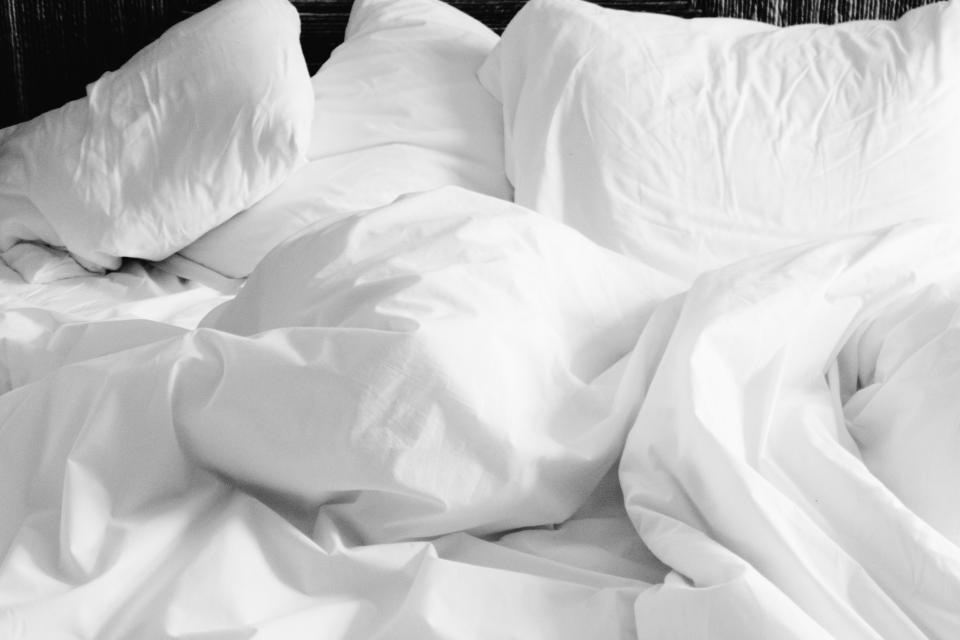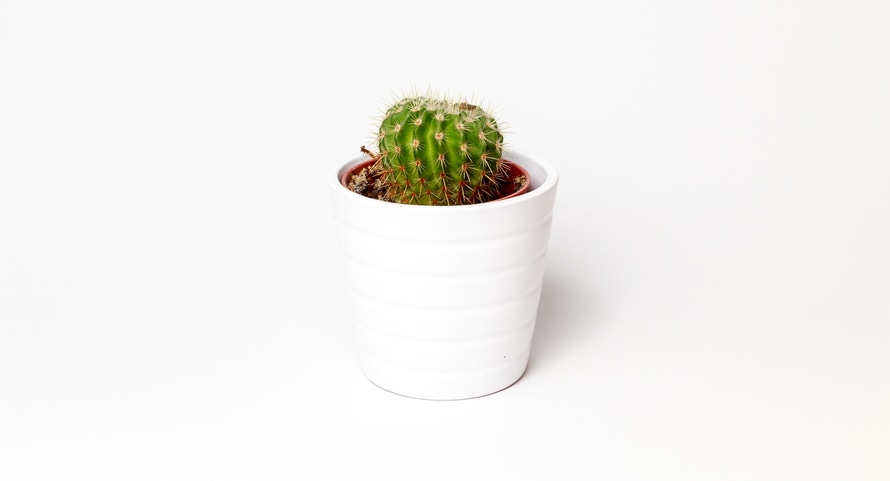Abraham Maslow’s Hierarchy of Needs lists shelter under humans’ basic physiological necessities. Satisfying this allows one to not only survive but also work towards achieving higher level needs such as safety, love and belongingness, esteem and ultimately, self-actualization.
Our shelter differs depending on individual circumstances in life and social class. Despite these differences, when someone talks about “coming home” or compares an experience to coming home, it is more often than not said in a positive light. That’s because our homes are meant to be a sanctuary. They provide us an escape from the outside world and the stresses we face daily, outside our homes. Or at least they should.
Living in a cluttered, messy, cramped home can make your living space feel less like a home. It can even be more stressful to come home, if the house or living space is a mess.
And if you think the physical place where you live will not affect your mental or psychological and emotional state, then think again. Clutter in any context and for any reason is an eyesore and can cause visual stress. Even that simple reason is a good enough reason to de-clutter one’s home. If you’ve seen TV shows like Clean House or Hoarders, you’ll notice how in the interviews of the participants, the topic of emotional tension and anxiety comes up a lot. Most often, both the cause and effect of the clutter are strained relationships, tragedies and stress-filled lifestyles.
Stress-free living is what embracing a minimalistic lifestyle is primarily about. And what better way to get started living a simpler life than at the home?
Incorporating minimalism into your living space into your living space is guaranteed to bring you more than just a break for your eyes. A clutter-free space will help you focus mentally, emotionally and physically on the things that really matter.
Whether you live in a big house, a small apartment or renting out a room, you can incorporate minimalism into your living space. There are simple guidelines you can follow on de-cluttering your living space and using minimalistic furniture.
De-cluttering Your Home

When you begin to incorporate the minimalistic lifestyle into your home, you have to begin with clearing out what’s in it. Of course, you can’t just clear out and get rid of everything you own. That is a radical step and not what minimalism is about. Minimalism is about focus. So when you begin to de-clutter your home, it is good to remember keep your focus.
Start by removing the excess. Clutter is normally caused by owing too many things. When we accumulate a lot of stuff (no matter how small or “space saving” they are), they gradually eat away at our living space. In order to keep a clutter-free home the first step is to get rid of your excess and excessive possessions.
First, get rid of the things that are no longer used, needed or loved. Secondly also take a look at things that lead to a sense of disorganization. Assess if they are really needed or if they have enough value (sentimental or otherwise) to be kept. If not, throw those things out too.
In order to avoid getting bogged down by the task of throwing things out, start small. You can easily fund and get rid of unneeded items hidden in junk drawers, cabinets, cubby holes or boxes. Such items would be things like paper clips, rubber bands and the like; old pens or batteries; unused keys etc.
Then go into your closet and store rooms and look at the things that have gone unused for years. You may find wardrobe that no longer fits or is too outdated for you to wear again, in your personal closet. In your store rooms or your garage you might also find contraptions or décor that are obsolete and are also no longer used. These are the things you can more easily get rid of. You can choose to donate, throw away or re-sell these things based on their quality.
Some things however that you might find around your home will be harder to get rid of. These are things like unfinished projects (both big and small), sentimental or family items and books. For these things, you can choose to tackle more slowly. Put them in boxes and set them aside. But don’t forget about them! Every week or at a chosen interval of time, schedule a time to go through and determine what you can throw or give away from these items. Soon the boxes will empty and you’ll have moved on from those things. What’s more, no more eye sores.
After you’ve de-cluttered your home, you can now think of a way to re-style in a way that truly incorporates the minimalist lifestyle. There are no hard and fast rules to doing this. Minimalism shouldn’t replace your personality but accommodate it. It should allow you to focus on the things that are truly essential to you. When you’ve cleared the clutter and made more room in your living space, you will be able to do this in a way that is still true to who you are. There are some fundamental guidelines to incorporate the minimalist style into your own style in your living space.
As much as possible, choose minimal functional furniture. Since minimalism is about focus, it makes sense that the point of focus in your living space should display minimalism. It should contain only a few pieces of essential furniture that serve a purpose. Think of what pieces of furniture are really needed for the activities done in each room and keep them at the minimum. You don’t always have to choose the smallest furniture, but go for a size that will fit your needs and match the room. No sense getting a queen-sized bed for a young child, for example.
Another key element to minimalistic home design are clear surfaces. Keep flat surfaces clear in all rooms. You may have one or two decorations on your flat surfaces but make sure they do not take up all the space and have use or add personality and color to the area.

Which brings us to another essential element in minimalistic design: accent décor. Minimalism isn’t meant to be boring and plain. A plain white room can make one feel depressed, even. Add personality and color by using accent decorations in and around your home. Flat surfaces and walls should not be cluttered. But a plant or a photograph can make it look much more homey. If you are into modern art, you can also incorporate modern sculptures that would fit your space aptly.
In choosing your furniture and décor a good tip to remember is to choose quality over quantity. Choose to go with less but also reward yourself with quality furniture or accent decorations. Now that you have the space, you can certainly incorporate your style with class.
Maintenance
Once you have incorporated minimalism into your living space, you are well on your way to a more stress-free life. However, maintenance still plays a key part. In order to maintain your minimalistic home and not gather clutter again, make sure you form and implement the right habits that will help you manage any clutter that comes in.
Have a cleaning schedule and stick to it. When things get messy again or if you need to add to a collection, set aside time to re-organize. Keep this cycle up, and you won’t get overwhelmed with clutter that just keeps coming back.

Totally agree. You do have to do maintenance. It might not be much if you’ve truly minimized as much as you can, but there’s still things to do. Great tip on having a cleaning schedule too! One way I keep with my maintenance is making sure I put everything back it its place. Example, even though it’s easier for me to just leave my wallet and keys on my desk, I take the extra 10 seconds to put in the box on my shelf. I think that little things like this help us to be mindful of our little clutters that can lead to huge ones.
LikeLiked by 2 people
Great post. I cannot agree more on keeping flat surfaces clear. So tempting to just dump my stuff on the table when I get home but I take the extra effort of putting items like my hat or jacket or keys in their designated places. In minimalism, quality over quantity works just not in decor. I apply it in choosing clothing, in doing groceries and incorporating it into my diet (so I can stop binge eating), and even in people, I deal with (fewer closer friends than a lot of acquaintances). These can all help a person ease him or herself into a less stressful, more meaningful minimalist lifestyle. Thanks for sharing!
LikeLiked by 1 person
“Start by removing the excess. ” YES. I tried to declutter my household and didnt achieve anything because I was too attached to things that I did not think were “excess” or non-essential. Only when I looked hard about the things I need and the things that are just there without purpose did I achieved a more minimalistic home and lifestyle.
LikeLike